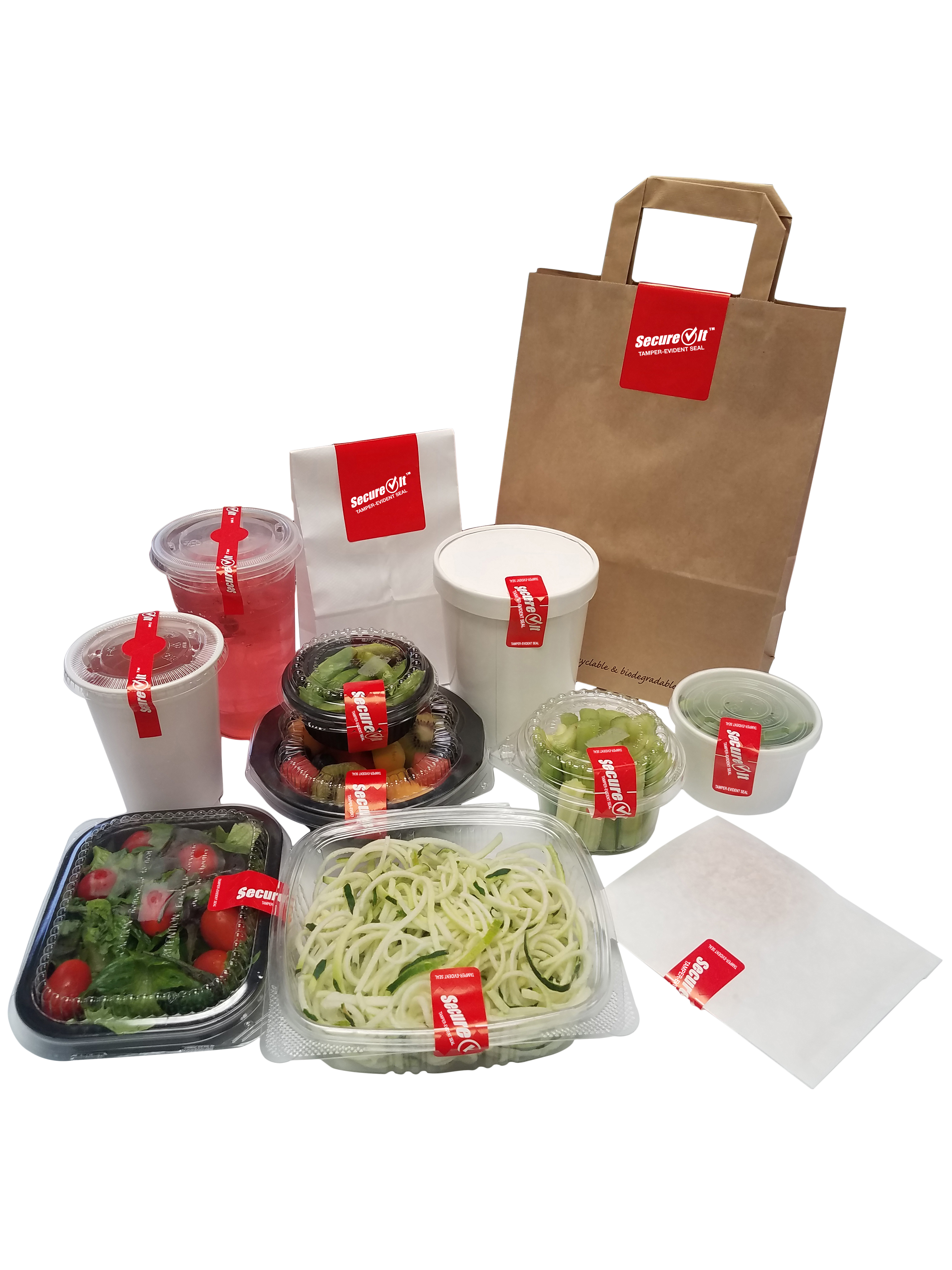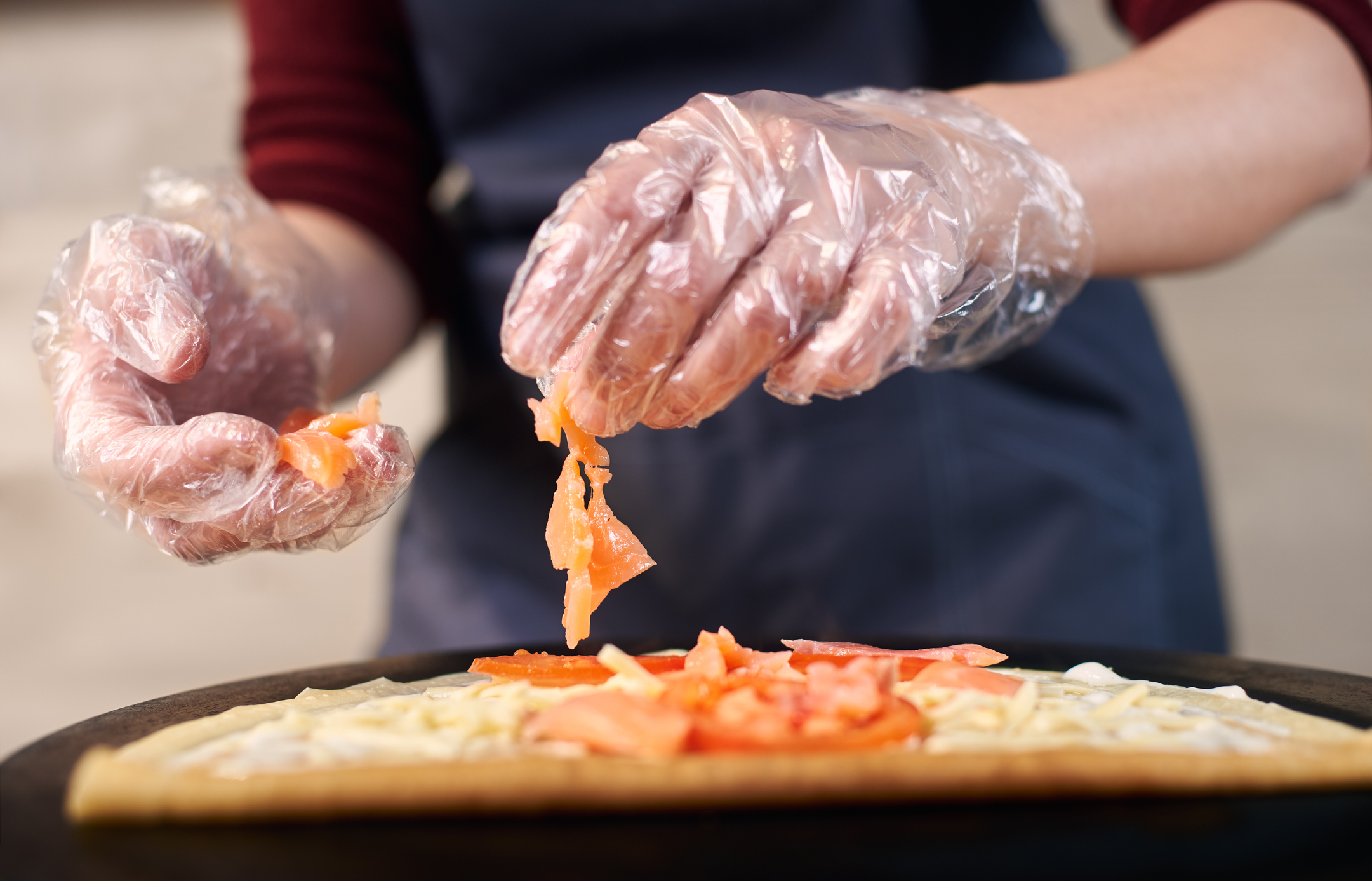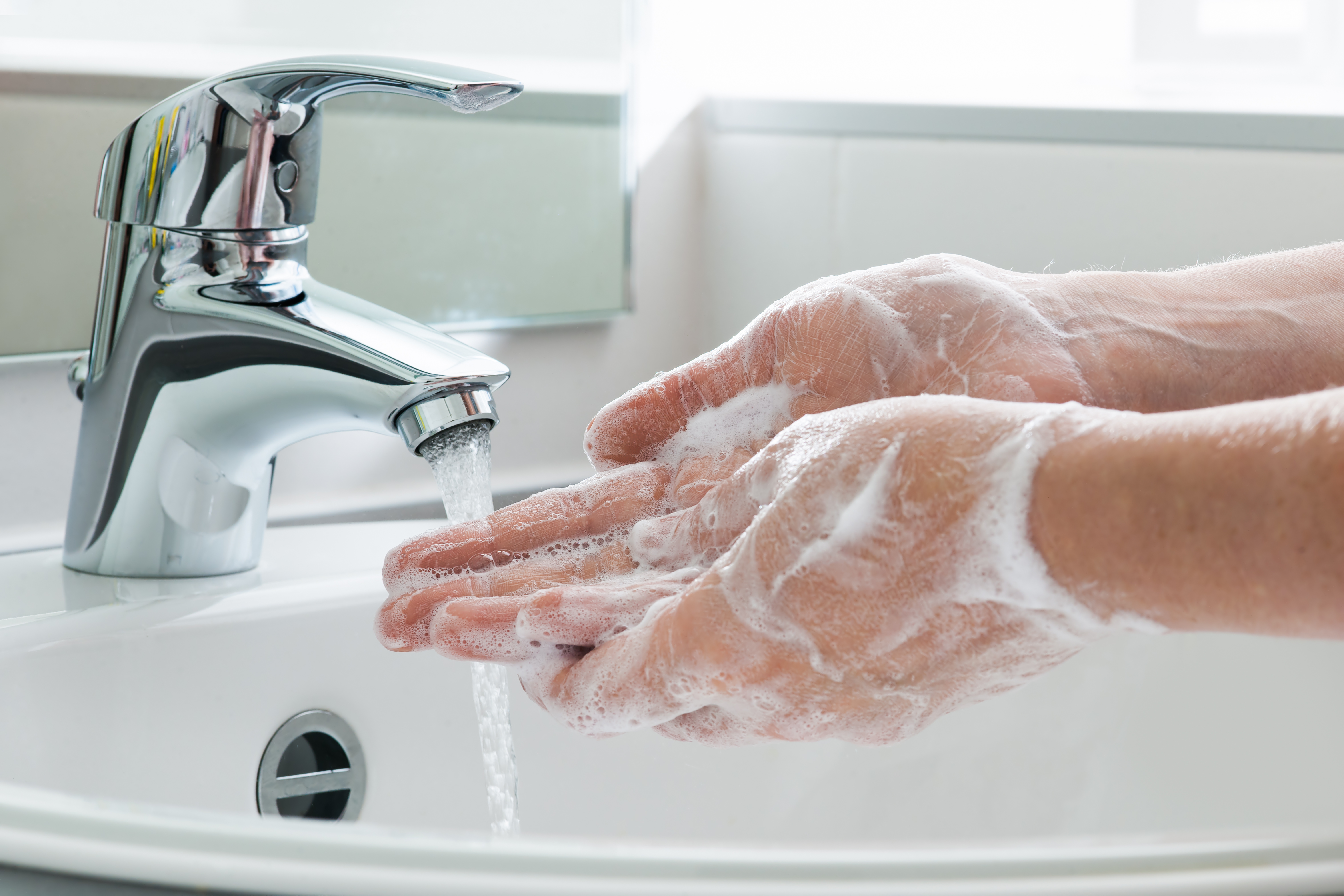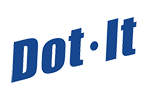How to Prepare Your Restaurant for Coronavirus

With the arrival of the coronavirus in the United States, restaurants have been forced to change the way they operate on a day-to-day basis to help ease the spread of the virus. Now more than ever, restaurant operators need to make sure all employees are following the most stringent food safety standards. Having a coronavirus preparation plan in place will help your restaurant remain safe during this ever-changing situation.
Dining in at restaurants is currently prohibited in most of the country, but establishments are still allowed to prepare food for delivery and takeout. Other restaurants are even setting up a curbside service for customers to order food to-go. According to the Center for Disease Control, it is believed that the virus is spread from person-to-person and there is no evidence, as of now, that the virus can be transmitted with food.
For the most accurate and up-to date information regarding the coronavirus, please follow the CDC Guidelines. Also stay informed with this handy infographic.
Create A Plan
Having a plan in place will help shore up any questions that customers or your staff might have. Information from the CDC regarding how the virus spreads is a great starting point to create a coronavirus preparation plan. The Environmental Protection Agency has released a list of disinfectant products for use against the coronavirus. You can check to see which products are best here.
Once you have your plan to approach this restaurant emergency, you need to prepare your employees for the changes.
Prep Your Employees
It is crucial that your employees understand all the necessary steps to ensure and maintain a virus free restaurant. Let your employees know that the CDC recommends that employees who have symptoms of acute respiratory illness stay home. Your employees should not return to work until they are free of fever, signs of a fever, and any other symptoms for at least 24 hours. The employee should be symptom free without the use of fever-reducing or other symptom-altering medicines.
If an employee has been exposed to someone who tests positive for COVID-19 or if they test positive for COVID-19, the employee must remain quarantined for 14 days at minimum.
Another way to prep your employees for preparing food this time is with food safety courses. Ensuring your employees handle food safely is pivotal when dealing with a pandemic. Check out Always Food Safe training courses today to get your employees on the same page.
Secure Your Food
With an added emphasis on takeout and delivery, customers will want to know that their food is securely packed, and for delivery, that it has not been tampered with by the driver or anyone else.
SecureIt™ Tamper-Proof Labels are the best way to secure all of your restaurant’s delivery and takeout orders. Customers will appreciate knowing that their food order hasn’t been tampered with. SecureIt tamper proof labels are designed to tear if they have been tampered with. These labels stick to most food packaging, including paper, plastic, foil, and foam to-go containers.

Dot It can not only supply your restaurant with tamper-proof labels, but also help design and print customized labels to fit your store's branding.
Increase Sanitation
For employees who are healthy and working in your restaurants, refresh and emphasize the importance of food safety guidelines. Make sure all of your staff is following these steps.

- Wash Your Hands and Keep Surfaces Clean Use soap and warm water and scrub your hands for at least 20 seconds. Make sure you are scrubbing between the nails, the backs of your hands, and in between your fingers. Twenty seconds is like singing the ‘happy birthday’ song twice. Dry your hands with a clean towel. You should also be washing your hands often to help mitigate the spread of the virus. It is not enough to just wash your hands; you need to be washing all equipment that you are touching, serving, and preparing food with. You should be washing items such as cutting boards, dishes, utensils, and countertops with hot, soapy water. Take extra precaution when these items have been in contact with raw meat, poultry, seafood, or eggs. Also, make sure you clean your dish cloths in the hot cycle of your washing machine.
- Don’t Cross Contaminate When preparing the food in your kitchen, make sure you are using separate cutting boards and plates for produce, meat, poultry, seafood, and eggs. Make sure you wash all plates and utensils with hot, soapy water. Under these coronavirus restaurant conditions, you should be cleaning things more frequently.
- Cook Food to The Proper Temperature Cooking food to the proper temperature kills germs that can make you sick. After items are prepared, keep food that you won’t be using right away at above 140 degrees Fahrenheit.
- Keep Food Refrigerated or Frozen Make sure perishable food is placed in a refrigerator or frozen within two hours.

In addition to these standard practices, your employees should also make note of these food safety practices.
- Do not touch your eyes, nose, and mouth with unwashed hands.
- If you can’t get to soap and water, use an alcohol-based hand sanitizer that contains 60-95% alcohol.
- If sick, do not come to work.
- Disinfect restaurant surfaces and objects more frequently. Wipe down doorknobs, tables, counters, bathrooms, toilets, sinks, and other objects more frequently.
- Cover your nose or mouth with tissue when you cough or sneeze. And make sure you wash your hands for at least 20 seconds after every instance this happens.
All restaurant owners and operators should be checking with their state and local health departments for the most recent updates and guidelines, as well as the CDC.
